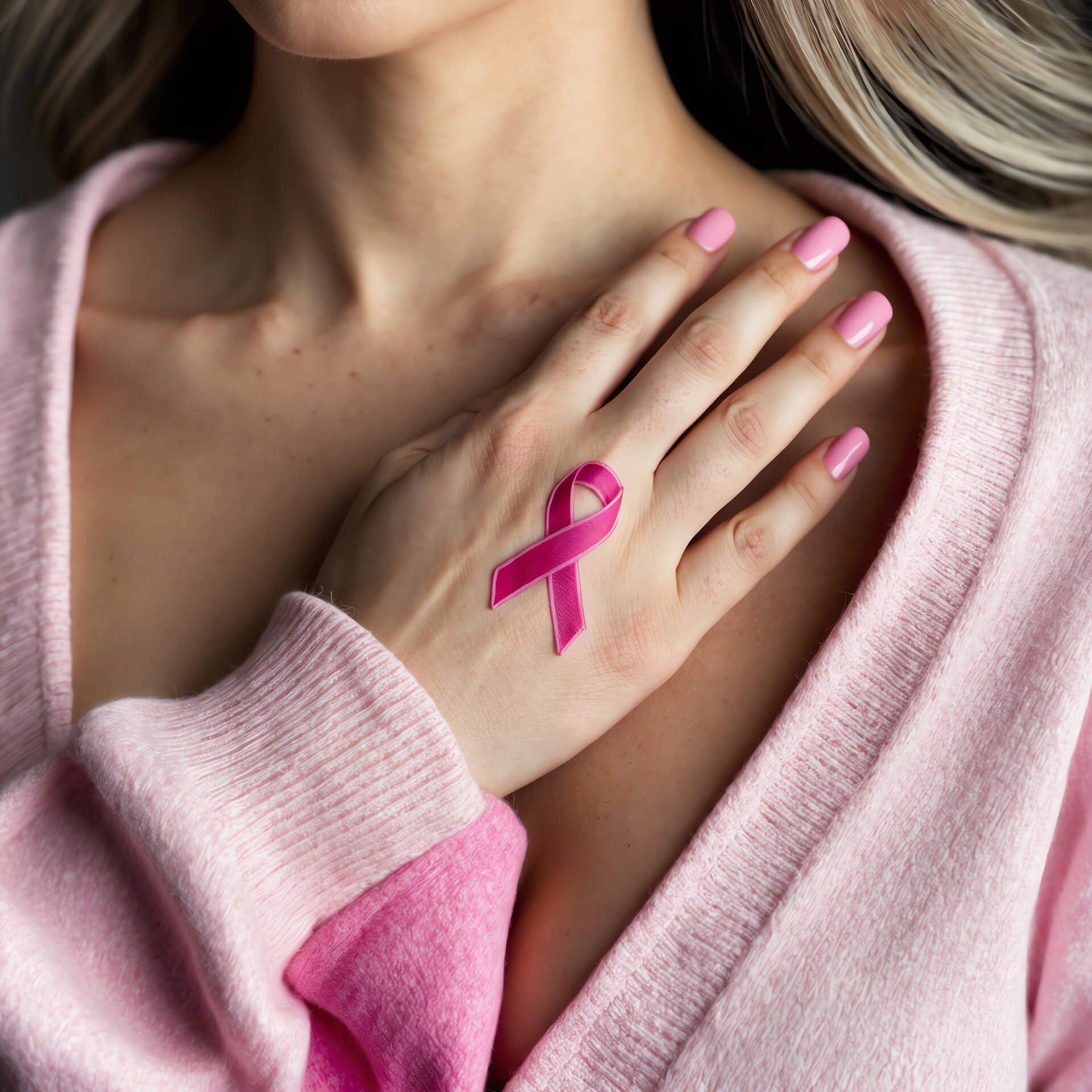Cancer of the breast is a medical condition that impacts the lives of many people across the country. With October being declared as the official Breast Cancer Awareness Month, it’s a great time to discover more about the causes of this life-threatening concern, as well as prevention and treatment options. Similar to all cancer types, breast cancer develops when collections of cells start to divide haphazardly and excessively, instead of going through their usual life span and biological course. Breast cancer often starts in the milk-yielding ducts when genetic material in these cells starts to mutate. If mutated cells replicate faster than the body can eliminate them, the mass of cells forms a tumor. Breast tumors can arise in various areas of glandular tissue, or even in the fatty breast tissue encompassing and protecting the milk-secreting areas of the breast. In some cases, cancer of the breast can even spread to additional locations within the body, including the gastrointestinal (GI) tract. Under such circumstances, the doctors at GI Alliance partner with other medical experts to provide care for any cancers that metastasize to the GI system. Obtaining a breast cancer diagnosis as early as possible is important to preserving your general health and wellness.
Who is at risk for breast cancer?
Cancer of the breast is among the most widespread forms of cancer affecting women, and one out of every eight women will develop the disease at some point in their lives. It is estimated that over 280,000 women will be diagnosed with breast cancer in 2021, and nearly 50,000 will be diagnosed with noninvasive carcinoma in situ breast cancer. The greatest number of women who get cancer of the breast are over the age of 55, although breast cancer ranks among the chief causes of mortality among women ages 35 – 55. Non-Hispanic African American women and non-Hispanic white women are at the greatest risk for breast cancer, but Latina women and African American women are most likely to die as a result of this cancer condition. Genetic susceptibilities also increase the risk of developing this form of cancer. Individuals with family members who have had cancer of the breast are at an elevated risk for getting the condition at some point in their lives. Although being female, being of older age, and having hereditary factors cannot be altered, there are several things you can do to ward off or reduce the risk of getting breast cancer. Some other factors that may elevate the chance of developing breast cancer are:
- Chemical contraception and other forms of hormone intake
- Hormone Replacement Therapy (HRT)
- Breastfeeding for less than a year
- Unhealthy dietary habits
- Tobacco use
- Low levels of vitamin D
- Lack of exercise
- Alcohol use
- Radiation treatment before age 30
- Obesity
- Becoming pregnant over the age of 30
Altering your lifestyle while regularly receiving checkups can help minimize your chance of having breast cancer, especially if any of the factors listed above apply to you.
What are the various types of breast cancer?
Breast cancer may be identified as noninvasive carcinoma in situ or invasive (also called malignant). Noninvasive cancers are clumps of cells that essentially grow in one location, dividing irregularly but not mutating beyond their primary function in other ways. These clusters of cells can commonly be removed through a surgical procedure and are less likely to return. Malignant breast cancers are of greater concern since they disperse tendrils of cells into the surrounding tissues, sometimes even breaking off bits of themselves and propagating to other tissues throughout the body. These tumors might additionally produce harmful hormones and other substances that perilously affect a person’s health. Specific classifications of breast cancer include:
- Lobular carcinoma: This type of breast cancer starts in the lobular areas of the milk-producing glands. When this type of carcinoma is in situ, it’s the least serious type of breast tumor because it’s less likely to branch out. Although, it should still be addressed according to a physician’s recommendations, as its presence might point to the likelihood of additional tumor development in the future. In instances where lobular carcinomas are diagnosed as invasive, they are typically more dangerous and especially hard to diagnose.
- Paget disease of the nipple: This is cancer that starts in the areola or nipple area of the breast.
- Angiosarcoma: A less common variation of cancer, angiosarcoma begins in lymph vessels, skin, or blood vessels.
- Ductal carcinoma: This type of breast cancer begins in milk ducts. It can be invasive, growing beyond the duct and affecting other tissues of the breast. It can also be in situ, which means it stays in the milk ducts. In the event they’re caught early enough, in situ cancers are typically simple to treat, but they might become malignant if left untreated. It’s important to note that around 80% of breast carcinomas are diagnosed as invasive ductal carcinomas.
- Phyllodes tumors: These are non-malignant tumors that start in connective tissue structures.
Routine breast cancer screenings
The optimal method of breast cancer prevention, besides adhering to a healthy and active life, is to receive breast cancer screenings on a regular basis. Breast cancer screenings generally include a clinical examination of the breast tissue in addition to a mammogram, or an x-ray of the breast designed to detect areas of dense tissue. Regular breast exams are exceedingly essential for diagnosing breast carcinomas in the early stages and giving yourself the best possible chance of survival. You can also perform a breast cancer self-exam and should do so on a routine basis. Your physician can demonstrate how to conduct this correctly.
Arrange for your breast cancer screening appointment
The team at GI Alliance is pleased to recognize National Breast Cancer Awareness Month and hopes to motivate people around the country to help safeguard their health by setting up regular screenings for breast cancer. To ascertain the best options for detection and the best way to protect your health, it’s vital to receive regular breast cancer screenings from a skilled medical professional.


